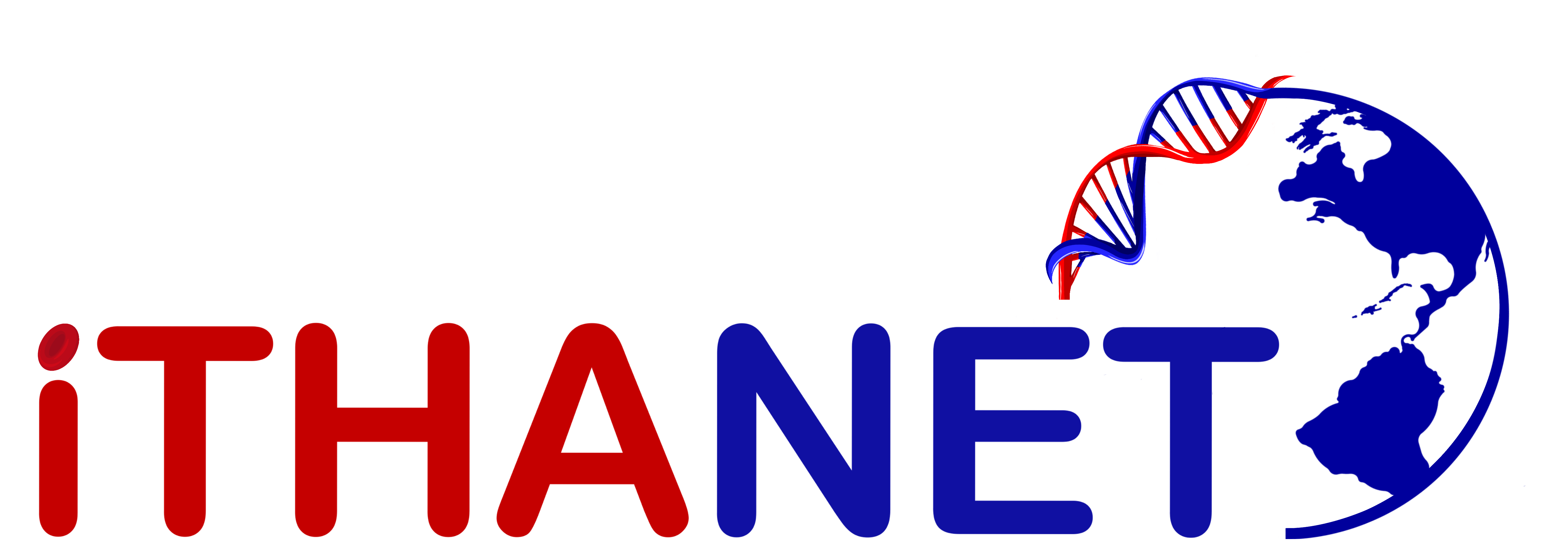IthaID: 2842
Names and Sequences
| Functionality: | Disease modifying mutation | Pathogenicity: | N/A |
|---|---|---|---|
| Common Name: | rs9494145 | HGVS Name: | NC_000006.12:g.135111414T>C |
We follow the
HGVS sequence variant nomenclature
and
IUPAC standards.
Context nucleotide sequence:
ATACTCTAAAAGCCCCTCCATACCA [C/T] CCCTAATACTTTAAAAGCCGCTAGA (Strand: +)
Comments: Associated with HbF levels in the Cooperative Study of Sickle Cell Disease (CSSCD; n=848), as well as in a replication study, which enrolled subjects from the Multicenter Study of Hydroxyurea (MSH; n=212), the Duke University pulmonary hypertension study (n=78), and the Boston Medical Center (BMC) pulmonary hypertension study (n=15). Associated with HbF levels in individuals from Tanzania with sickle cell disease (n=1022 individuals), and in individuals with β-thalassaemia from Guangxi, Southern China (n=493). Associated with increased HbF levels and clinical outcomes (risk of infection) in pediatric patients with SCA from southeastern Brazil (n=250). Associated with disease severity and HbF levels in Thai β0-thalassaemia/HbE patients.
External Links
Phenotype
| Allele Phenotype (Cis): | N/A |
|---|---|
| Allele Phenotype (Trans): | N/A |
| Associated Phenotypes: | Hb F levels [HP:0011904] [OMIM:141749] |
Location
| Chromosome: | 6 |
|---|---|
| Locus: | NT_025741.15 |
| Locus Location: | N/A |
| Size: | 1 bp |
| Located at: | HBS1L-MYB |
| Specific Location: | N/A |
Other details
| Type of Mutation: | Point-Mutation(Substitution) |
|---|---|
| Effect on Gene/Protein Function: | N/A |
| Ethnic Origin: | Tanzanian, African American, Thai, Chinese, Brazilian |
| Molecular mechanism: | N/A |
| Inheritance: | Quantitative trait |
| DNA Sequence Determined: | Yes |
In silico pathogenicity prediction
Sequence Viewer
Publications / Origin
- Solovieff N, Milton JN, Hartley SW, Sherva R, Sebastiani P, Dworkis DA, Klings ES, Farrer LA, Garrett ME, Ashley-Koch A, Telen MJ, Fucharoen S, Ha SY, Li CK, Chui DH, Baldwin CT, Steinberg MH, Fetal hemoglobin in sickle cell anemia: genome-wide association studies suggest a regulatory region in the 5' olfactory receptor gene cluster., Blood , 115(9), 1815-22, 2010 PubMed
- Nuinoon M, Makarasara W, Mushiroda T, Setianingsih I, Wahidiyat PA, Sripichai O, Kumasaka N, Takahashi A, Svasti S, Munkongdee T, Mahasirimongkol S, Peerapittayamongkol C, Viprakasit V, Kamatani N, Winichagoon P, Kubo M, Nakamura Y, Fucharoen S, A genome-wide association identified the common genetic variants influence disease severity in beta0-thalassemia/hemoglobin E., Hum. Genet. , 127(3), 303-14, 2010 PubMed
- Mtatiro SN, Singh T, Rooks H, Mgaya J, Mariki H, Soka D, Mmbando B, Msaki E, Kolder I, Thein SL, Menzel S, Cox SE, Makani J, Barrett JC, Genome wide association study of fetal hemoglobin in sickle cell anemia in Tanzania., PLoS ONE , 9(11), e111464, 2014 PubMed
- Mtatiro SN, Mgaya J, Singh T, Mariki H, Rooks H, Soka D, Mmbando B, Thein SL, Barrett JC, Makani J, Cox SE, Menzel S, Genetic association of fetal-hemoglobin levels in individuals with sickle cell disease in Tanzania maps to conserved regulatory elements within the MYB core enhancer., BMC Med. Genet. , 16(0), 4, 2015 PubMed
- Yi S, Lai Y, Zuo Y, Chen Y, Qin H, Wei Y, Yang Q, Lin L, Luo J, Fan X, Zheng C, Common genetic polymorphisms at three loci affect HbF levels in β-thalassemia patients from Southern China., Blood Cells Mol. Dis. , 62(0), 22-23, 2016 PubMed
- Sales RR, Belisário AR, Faria G, Mendes F, Luizon MR, Viana MB, Functional polymorphisms of BCL11A and HBS1L-MYB genes affect both fetal hemoglobin level and clinical outcomes in a cohort of children with sickle cell anemia., Ann Hematol, 99(7), 1453-1463, 2020 PubMed
